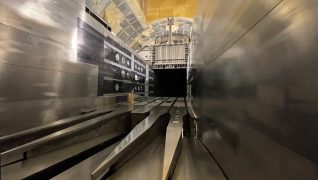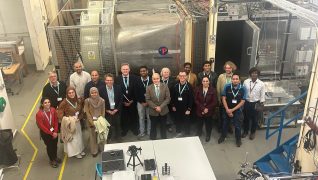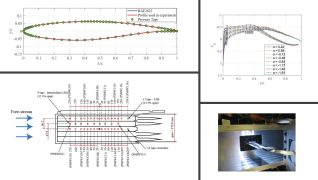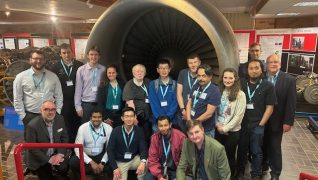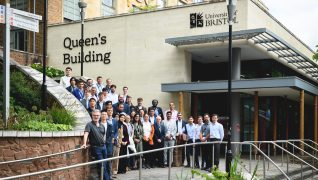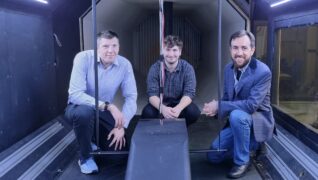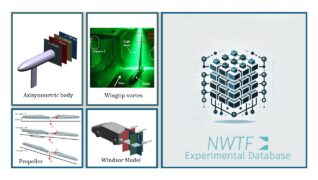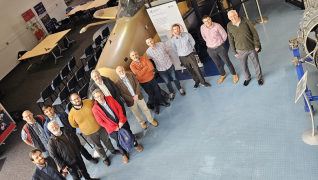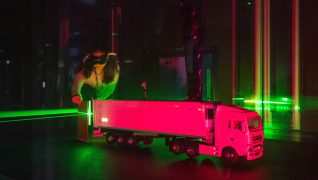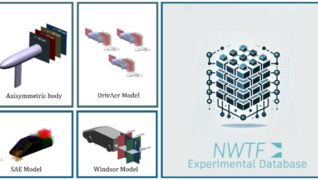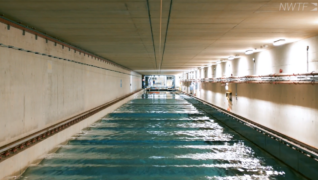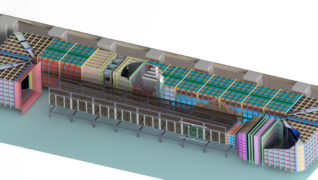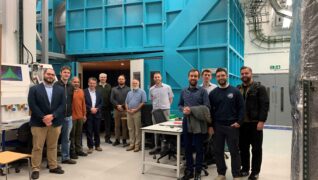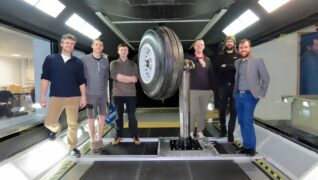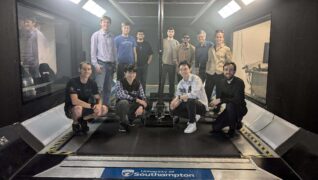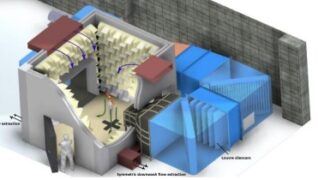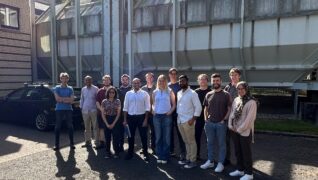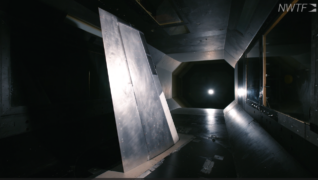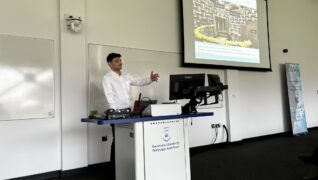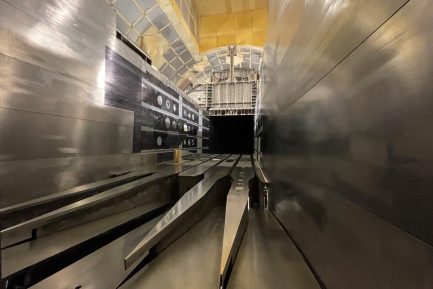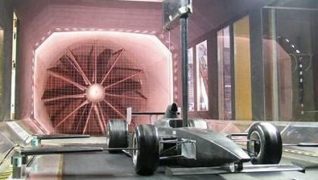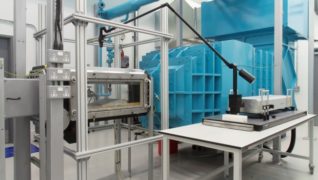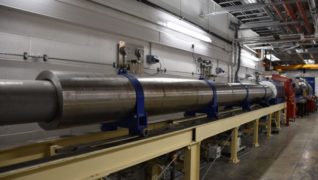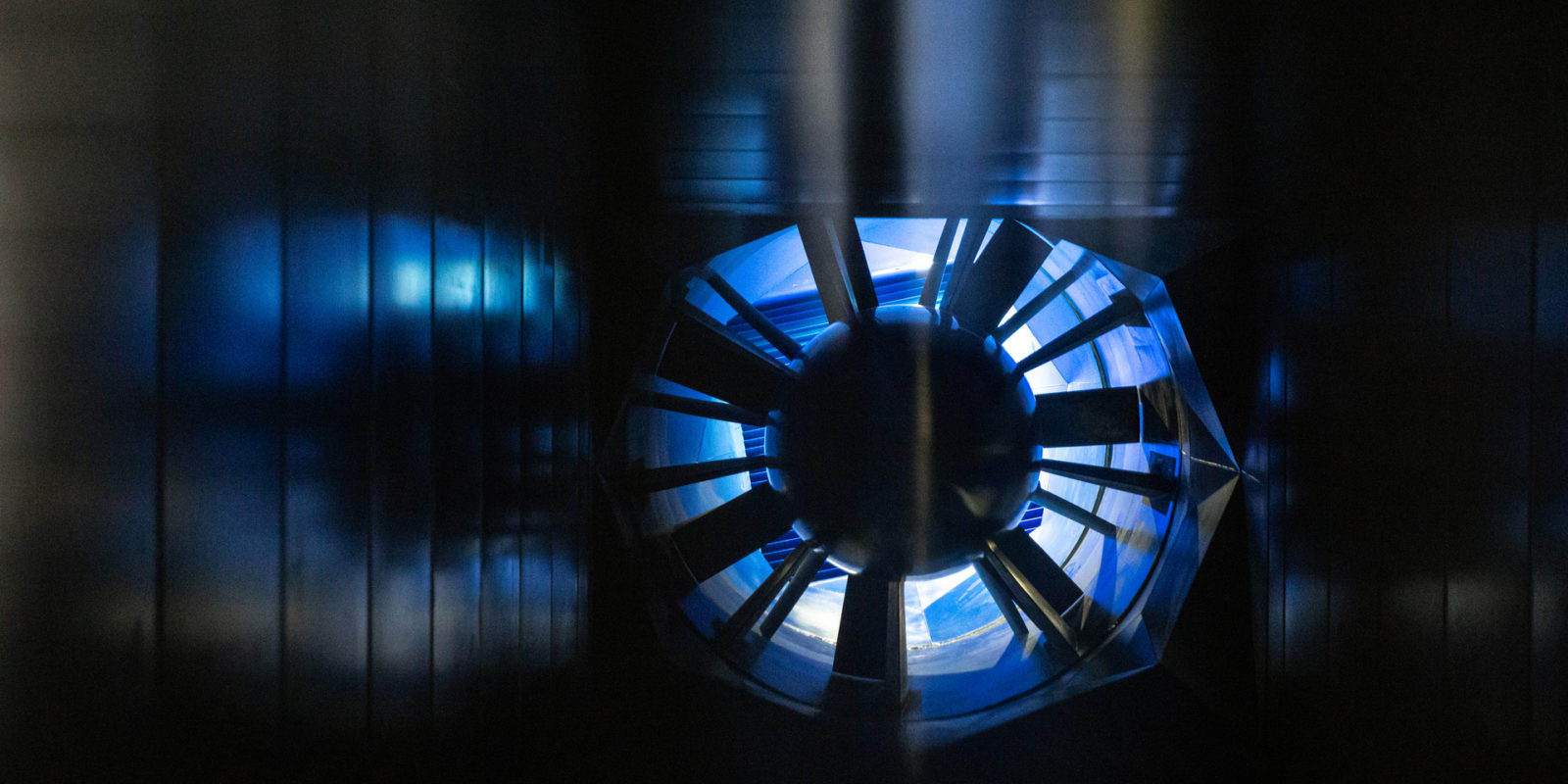
National Wind Tunnel Facility
Strategically important wind tunnels distributed across 12 universities keeping the UK at the forefront of aerodynamic and fluid mechanics research.
Latest News and Case Studies
Upcoming Events
View all Upcoming Events.
What is the National Wind Tunnel Facility?
The National Wind Tunnel Facility (NWTF) is a group of 23 strategically important wind tunnels distributed across 12 UK universities. In 2014, investment from the EPSRC and ATI led to development of these facilities as a means of keeping the UK at the forefront of aerodynamic and fluid mechanics research. In return, the participating universities have made the wind tunnels available to commercial researchers and academics from any UK university. The group expanded in 2019 to include five non-aerospace facilities. Further investment by UKRI in 2024 will fund the development of 11 new facilities and an experimental database to tackle future grant challenges in defence, mobility, noise and climate.
To date, hundreds of researchers and businesses have made use of these facilities. The group is managed by academics from each of the universities and a centralised operations hub at Imperial College London.
What we do
At the National Wind Tunnel Facilities, we not only provide world class facilities, but also access to world class experts, training workshops, collaboration opportunities, research case studies and a library of validated test data. Click on the links below for more information.

Imperial College London
-
10ft x 5ft Low Speed
Designation: Low speed, closed return
Maximum Flow Speed: 41 m/s
Maximum Test Section Size: 10ft x 5ft (3.04m x 1.52m x 20m)
-
Supersonic
Designation: Intermittent hybrid blow-down / suck-down arrangement.
Maximum Flow Speed: 600 ms¯¹
Maximum Test Section Size: 0.15 x 0.15 x 2 m (max)
20:1 contraction ratio - Hypersonic Designation: Intermittent impulsive facility Maximum Flow Speed: Mach 9 Maximum Test Section Size: 0.6 (diameter) x 1 m. Tunnel can accommodate models 800+ mm long if slender.
University of Bristol
-
Aeroacoustic
Designation: Low Speed, Aeroacoustic
Maximum Flow Speed: Low speed nozzle: 40m/s
Medium speed nozzle: 60m/s
High speed nozzle: 80m/s
Jet:1.4Mach
Maximum Test Section Size: Anechoic chamber: approximately 7 x 4.5 x 3.5m
High-Speed nozzle: 0.6 x 0.2m maximum speed 100m/s
Medium-Speed nozzle: 0.6 m x 0.4 m; maximum speed 60m/s
Low-Speed nozzle: 0.6 m x 0.755 m; maximum speed 40m/s
Jet: 1.5inch diameter; maximum speed 1.4 Mach
- Boundary Layer Wind Tunnel Designation: Boundary Layer Wind Tunnel Maximum Flow Speed: 32m/s Maximum Test Section Size: 2m x 1m x 20m
University of Birmingham
-
TRAIN rig
Designation: Low Speed, Train rig
Maximum Flow Speed: Model speed - up to 80 m/s.
Propulsion system – two rubber catapults, one at each end of the rig. Maximum Test Section Size: The overall length of the facility is 150 m with a 50 m long test section.
1/25th for rail vehicle testing, but larger road vehicle models can be used up to 1/10th scale. -
Atmospheric Boundary Layer (ABL)
Designation: Open-circuit tunnel
Maximum Flow Speed: Maximum freestream wind-speed of approximately 10m/s
Maximum Test Section Size: 2m square working cross-section & 14m long working section
Current ABL length scale of 1:300
University of Cambridge
City University of London
Cranfield University
- Private: 8ft x 4ft Low Speed Designation: Open Return Maximum Flow Speed: 0.5 – 16m/s Maximum Test Section Size: 2.4 x 1.2 x 15m
-
8ft x 6ft Low Speed
Designation: Closed Return
Maximum Flow Speed: 5 – 45m/s
Maximum Test Section Size: 2.4 x 1.8m
7:1 Contraction ratio -
Icing Tunnel
Designation: Open return
Maximum Flow Speed: 35 - 170m/s
Maximum Test Section Size: Section 1: 0.76 x 0.76m
Section 2: 0.81m octagonal
Section 3: 0.4 x 0.4m
University of Glasgow
University of Loughborough
University of Oxford
- T6 Piston Reflected Shock Designation: Intermittent blowdown Maximum Flow Speed: 8 km/s Maximum Test Section Size: 0.9 x 0.9 x 1.2 m
-
High Density Tunnel
Designation: Heated Ludwieg Tube
Maximum Flow Speed: Mach 3,4,5,6,7 and 9
Maximum Test Section Size: Test flow size: 0.25 - 0..35 m (diameter).
Test section size: 2 m diameter, 1.4 m long
- Low Density Designation: Rarefied Flow Maximum Flow Speed: Mach 5.5 – 9 Maximum Test Section Size: 0.18m (diameter)
University of Manchester
University of Southampton
-
RJ Mitchell
Designation: Closed Return
Maximum Flow Speed: 50 m/s
Maximum Test Section Size: 3.6 x 2.5 x 10.5m
5:1 contraction ratio.
-
Anechoic
Designation: Anechoic
Maximum Flow Speed: 80 m/s
Maximum Test Section Size: 1 x 0.75 m
Anechoic Chamber Size: 8.15 x 5.5 x 4.75m. - Towing Tank Designation: Towing and wave tank Maximum Flow Speed: Maximum Carriage Speed: 10 m/s Maximum Test Section Size: 138 m long x 6 m wide x 3.5 m deep with 0.5 m free board
Wind tunnels by location
The National Wind Tunnel Facilities are located at universities across the UK. Use the map to find a facility near you.





